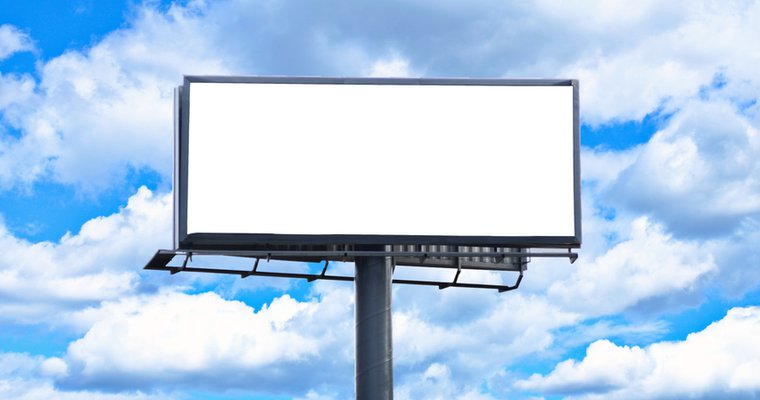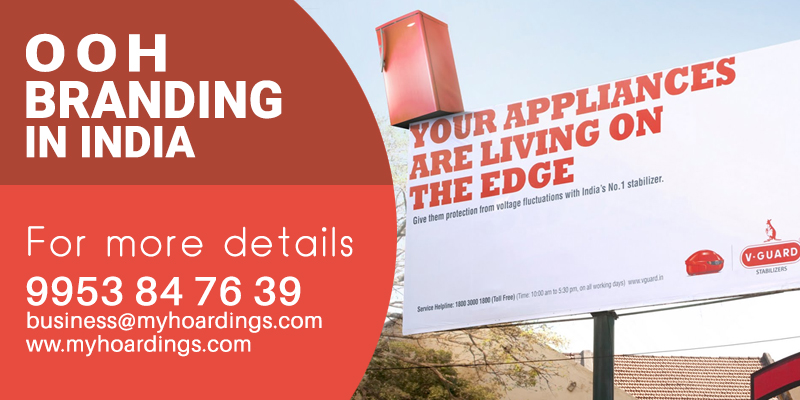
To measure the effectiveness of their advertising campaigns, marketers use the cost per 1,000 impressions metric. It is calculated by taking the total ad buy cost and dividing it by the number of estimated views the ad will receive. The CPM is a useful metric for evaluating the effectiveness of media campaigns. However, it's not the only one.
When measuring the effectiveness of an ad campaign, ad spend and ad performance are also important factors to keep in mind. Ad spend tracking is critical, but conversion rate and other variables can also impact ad performance. A cost per click ad is a good option if your goal is to attract customers. This type of ad is less expensive than CPM. However, this type of ad model is less predictable, so it isn't always a good choice.
You need to determine the click-through rates (CTR) in order to assess whether or not your campaign is successful. Generally, two clicks for every 100 impressions are considered a good CTR. You may be able increase your CTR depending on the medium. Rich media advertisements can also be used to increase the visibility of your ads.

Other measures that may be used to evaluate ad performance include the average click-through rate and the number of unique visitors. Using these statistics can help you set expectations for your ad. Monitoring your ad performance over time is the best way to do so.
CPC is more complicated than CPM. CPC revenue is more difficult to predict, and less likely to produce high-quality ads impressions. CPC can also lead to visitors leaving your website. A well-designed ad program can minimize the risk of moving to CPC.
CPC is a more effective ad model than CPM for online publishers. They are able to collect more data and optimize ads sales. CPC has a greater risk than CPM. CPC is often perceived as more attractive than CPM. This is despite the fact that CPC offers higher returns on investment.
Higher CPMs do not necessarily indicate better earnings. However, they are an indicator that your ad has been generating good traffic. Advertisers may also be able reach a larger audience for a lower cost per thousand impressions. CPM may not be as effective for brand awareness, but it is still a good option. CPM may not be used to sell a detergent product, for example.

CPM rates can vary from one market to the next. A magazine that has a large readership will typically have a lower cost per thousand than one with a smaller readership. A niche audience might also have a lower cost-per-ad. It is crucial to analyze the cost-benefits of your ad strategy.
FAQ
What is advertising's basic purpose?
Advertising isn't just about selling products. It's also about creating an emotional connection among your customers and you.
Advertising is communicating ideas and values. It is about changing attitudes and minds. It's also about creating relationships.
It's about helping people feel good about themselves.
But, if you don’t have a clear understanding of your customers’ needs, you will not be able sell anything.
Before you begin any advertising campaign, it is important to understand your customers' needs, wants, and buying patterns.
Then, you can create ads that resonate.
How can you choose your target audience?
Start with yourself, and the people closest to you. Do you not know where to start? Ask yourself "Whom do I want to reach?"
Ask yourself these questions: Who are the most influential people in my industry? What problems do they deal with daily? Who are the smartest people in my industry? Where are they located online?
Return to the beginning. What motivated you to start your business? What was your problem and how did it solve?
These questions will enable you to identify your ideal client. These answers will help you understand your ideal clients and what motivates them to buy from you.
Look at your competitors' sites and social media pages for clues as to who they cater.
Once you identify your target customers, then you must decide which channels to use to reach these people. If your company offers services to real estate agents you might make a website that targets home buyers.
A blog that targets small-business owners could be a possibility if you are a software provider.
A Facebook page for teens could be set up if you are a clothing seller. You could also set up a Twitter account if your restaurant is a business owner to help parents find kid-friendly restaurants.
The important thing is that you have many options for getting your message across.
What is an ad campaign?
A campaign is a series advertising messages that are designed to promote a product. This could also include the entire production of these ads.
The Latin word "to sell" gave rise to the term "ad". Marcus Terentius Varro (116–27 BC), the first known user of the term "ad" used it to mean "to make sales."
Advertising campaigns are typically done by large agencies and companies. Many media types can be used in these campaigns, including television, radio and print.
Advertising campaigns typically last for several months and have specific goals. Some campaigns are designed to increase awareness, while others aim to increase sales.
What is an advert buyer?
Advertising space is purchased by an advertiser on TV, radio and printed media.
Advertisers pay only for the time their message is to appear.
They don't necessarily look for the best advertisement, but instead seek out the most effective way to reach their target market.
An advertiser might have details about potential customers, including their age, gender and income.
These data can be used to help advertisers decide the most effective medium. Direct mail might be more effective with older customers, for example.
Advertisers also evaluate the competition. Advertisers might place their ads near similar businesses if they see them.
In addition, advertisers consider the size of their budget and the amount of time they have to spend their money before it expires.
Advertising: What is it?
Advertising is an artistic art form. It's not just about selling products. It's about creating emotional connections between people and brands.
Advertising is about sharing stories and using images for ideas.
You must communicate clearly and persuasively. Your target market should be able to relate to the story you tell.
This makes advertising different from other forms of communication, such as public speaking, writing, or presentations.
You are building a brand identity when you run a successful advertising campaign.
This is how you are memorable. You are someone people remember.
What is branding exactly?
Your brand is your way of communicating who you are as well as what you stand behind. It's how people remember you and your name.
Branding is about creating a unique identity that distinguishes your company. Branding is more than a logo. It encompasses everything, from the physical appearance of your company to the voice and tone used by your employees.
Because they are confident they will get what they want, a strong brand can help customers feel more comfortable buying from you. This gives customers the confidence to choose your products over other brands.
Apple is a prime example of a company with a strong brand. Apple's brand is recognized worldwide for its clean design, high product quality, and great customer support.
Apple's name has become synonymous for technology. Apple is synonymous with technology.
When you consider starting a business, it's important to develop a brand. This will give your business a personality and face.
What do you need to know about radio advertising?
Understanding the interactions between different media is essential. Remember that media can complement each other and are not necessarily competitive.
Radio is best utilized as an extension to TV advertising. It can reinforce key messages and provide additional information.
Radio listeners may find TV commercials too long. Radio ads tend to be shorter and more affordable.
Statistics
- It's 100% reliant on your website traffic. (quicksprout.com)
- Advertising's projected distribution for 2017 was 40.4% on TV, 33.3% on digital, 9% on newspapers, 6.9% on magazines, 5.8% outdoor, and 4.3% on radio. (en.wikipedia.org)
- It collects money from the advertisers, keeps 32% for its role in facilitating the process, and the remaining 68% goes to the publisher (you). (quicksprout.com)
- In 1919 it was 2.5 percent of gross domestic product (GDP) in the US, and it averaged 2.2 percent of GDP between then and at least 2007, though it may have declined dramatically since the Great Recession. (en.wikipedia.org)
External Links
How To
How to make Sponsored Ads on Facebook
Facebook has been one of the most popular social media platforms. Globally, there are 1.79 Billion active monthly users. The number is increasing every day.
Facebook is free but you must pay to reach your audience. You have the option to use paid advertising options like banners and promoted posts.
Log in to your existing application if you have one. If not, click "Create New App". These are the steps to follow:
-
Under the Apps section, click "Add Platform".
-
Click Next, and select Advertising.
-
Complete the form, and then submit it.
-
After approval, you'll receive a Client ID (and Secret key). You will need to copy them.
-
Paste the keys in the appropriate fields.
-
Enter the name of your campaign and select the currency.
-
Click "Start Campaign".
-
Follow the steps until the banner appears. Next, copy the URL to return to your Facebook Page.
-
Paste your code in the box provided by Facebook.
-
Click "Save Changes."
-
Your ad must now be live
-
Repeat steps 10-12 to create each additional banner.
-
Click "Continue" when you're done.
-
Make sure you complete the final step before creating your adgroup.
-
To view all your campaigns, click on the "View All Ads” button once you have completed.
-
To delete any ads click on the "Remove Ads” button next to each individual ad.
-
If you're not seeing any results after running your campaign, check to ensure you followed the directions correctly.
-
Make sure to check the dates of your campaign.
-
Make sure you set your budget appropriately.
-
Keep your changes safe.
-
Review the settings for your campaign before clicking "Submit."
-
You can wait for your ads on your timeline to appear.
-
Congratulations on a job well done!
-
Now let's look at some tips for improving your results.